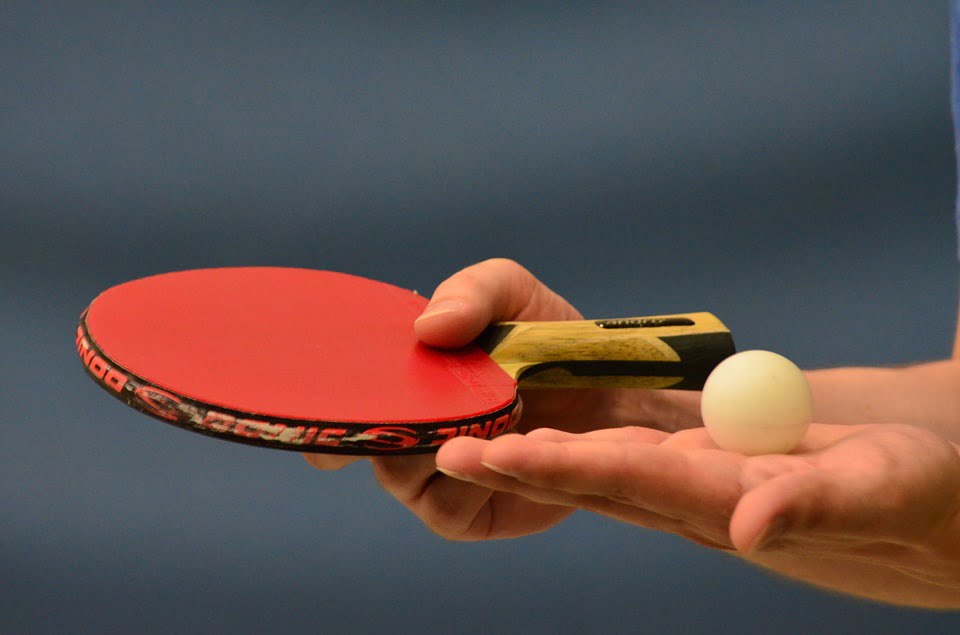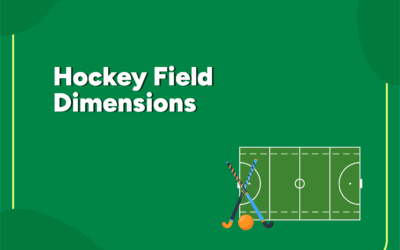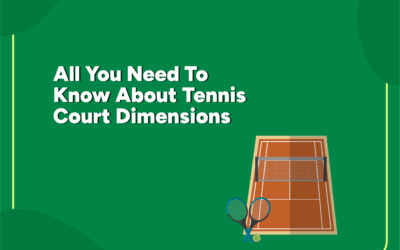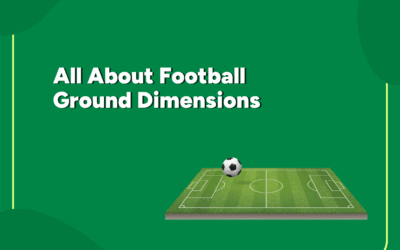Believe it or not, table tennis has some shockingly strict rules that even professional players often overlook! Table tennis, or ping pong, is a thrilling indoor sport that has gained popularity worldwide. Whether you’re a beginner or a seasoned player, this fast-paced game guarantees endless fun and excitement for everyone.
One of the best things about table tennis is its versatility. You can play it at home, in school, or even at the office during breaks. It’s a game that brings people together, fostering friendly competition and creating unforgettable memories.
Table tennis improves hand-eye coordination, reflexes, and concentration. It’s a fantastic way to stay active and fit while having a blast. Plus, it’s easy to learn, making it accessible for all ages.
Did you know that lurking within the rule books are some baffling regulations that add an extra surprise to the game? Read on to uncover three strange table tennis rules that will leave you astonished!
Brief Overview of Table Tennis as a Sport
Frequently referred to as ping pong, table tennis has developed from a humble parlour game in 19th-century England into an official Olympic sport. The game demands high skill, with players leveraging spin and speed to outwit their opponents across a compact playing surface.
The basic Ping Pong game rules are quite straightforward: players must successfully hit the ball over the net and onto their opponent’s half of the table each time it comes to their side. Matches are generally played as best-of-five, seven, or nine games, each game being won by the first player to reach 11 points. Failing to return the ball, hitting it twice, or striking the net results in a point to the opponent.
Importance of Rules in Any Sport
Rules are undeniably the backbone of any sport. They define the game, establish fairness, and maintain order. Without them, sports matches would devolve into chaos, with no clear objectives, winners, losers, or sense of achievement.
In table tennis, the rules constitute everything from the table’s size and the paddles’ style and colour to highly specific game scenarios like double bounces. These precise regulations might sometimes seem overly complicated, but they are essential in guaranteeing fairness and giving the game its unique flavour!
Unusual Table Tennis rules
While the fundamental rules of table tennis are designed for fairness, a few regulations might strike you as slightly peculiar. These are rules that don’t quite fit into the conventional sports regulations.
Unusual or not, the evolution of these table tennis rules over time depicts the profound history of table tennis. They add a twist to the game that not only bewilders the players and spectators but also echoes the sport’s finer intricacies. Stay tuned as we delve into the fascinating realm of these unexpected regulations. From service rules that boggle the mind to astonishing penalty points, let’s embark on this surprising journey of discovery together!
Our next section will uncover the first of these unusual table tennis rules. Prepare to be amazed at how much of an impact these peculiar regulations can have on the world of table tennis that we know and love. Here’s to the unexpected, the fascinating, and the downright quirky!
Tossing the Ball 6″ High During Serve
While initiating a game of table tennis might seem straightforward, there’s a peculiar rule to follow during service. This table tennis rules service is about how high the ball must be tossed before being served.
The International Table Tennis Federation (ITTF) has specified in its law book, under rule 2.06.02, that the server shall project the ball near vertically upwards, without imparting spin, so that it rises at least 16cm (approx 6 inches) after leaving the palm of the free hand.
To give you a clearer idea, let’s dive deeper. Now, those 6 inches might seem minor, but in the fast-paced game of table tennis, it plays a significant role in the fairness and predictability of the serve. Why so? This height prevents the server from gaining an unfair advantage by creating an unpredictable spin. It also gives the receiver a fair chance to observe and predict the ball’s trajectory.
Tossing the Ball Vertically Upwards
If you’re new to table tennis, you might think that serving the ball is simple – you just throw the ball up in the air and hit it! Well, you’re in for a surprise! One of the most peculiar table tennis rules is how you serve the ball.
In table tennis, it’s a necessity that the ball must be tossed almost vertically upwards – at least 16cm into the air from the flat open palm – before it is hit. Surprisingly, there’s no room for any fancy or side throw! You’ve got to serve the ball straight up. Specific, isn’t it? It’s not about randomly throwing and hitting the ball but abiding by these distinct regulations.
Tossing it high gives both players enough time to prepare for the following rally. Tossing straight up means neither player gains an unfair spin advantage. This rule adds to the game’s fairness and unpredictability.
Strange and unusual as it might sound, this is a legitimate rule, and you can’t deviate from it. Yes, ping pong is a richly detailed and nuanced game, making it an intriguing sport to follow!
Serve on The Drop
At first glance, table tennis rules might seem straightforward, but you’d be surprised how they can sometimes veer off into unusual territory. Though it is a fast-paced game and every decision counts, some rules were designed to ensure a level playing field for all players. One such rule is the regulation related to serving.
In table tennis, the service must always be on the drop. That’s right! After the server throws the ball into the air, they must strike it as it is descending from the highest point and not on its way up.
This unusual rule may seem odd, but it is primarily designed to ensure maximum ball visibility for the player receiving the serve. It prevents the server from hiding the ball, ensuring a fair game. So, remember to hit that ball on the drop next time you’re serving in table tennis.
A Few Other Unusual Table Tennis Rules
Let’s check out a few other table tennis rules that you may find fascinating.
1. The Skinner Serve: This table tennis rule is less about what you can do and more about what you can’t. It prohibits a player from hiding the ball during service, making the game fair and keeping the unpredictability in check.
2. The Expedite System: Have you ever heard of a match being timed? In table tennis, if a game isn’t concluded after 10 minutes, the rules switch up with the quickness of the Expedite system. A different way to serve and a count of alternate shots kick things into high gear.
3. The Change in Table Colour: It’s not just about the paddle and ball; even the table colour matters! Far from mere aesthetics, the colour of the table can influence how well players can see the ball.
This is just the tip of the iceberg! Table tennis has so much more for those who dare to delve deeper. With stranger serves and even more extraordinary exceptions, who knows what else this game has under its umbrella? So, don’t stop at these three. Let’s continue our exploration of the intriguing regulations that make this sport not just a game but a spectacle. Whether you’re a seasoned player, an aspiring newbie, or even a curious onlooker, the mesmerising world of table tennis will surely keep you on your toes.
Conclusion
The beauty of sports is in its structure. Everyone plays the same game with the same rules, striving for the same goal. These rules make a game fair and balanced, levelling the playing field for all who participate. They can make a simple game complex, a mundane activity fascinating. So, remember, whether you’re bouncing a ping pong ball or swinging a golf club, remember to play by the rules. Because without rules, it’s just chaos, not sport! So, here’s to the rules, the referees, and the incredible world of sports that delights us every day.
To find a venue near you for a game of Table Tennis, download the Playo app.





0 Comments